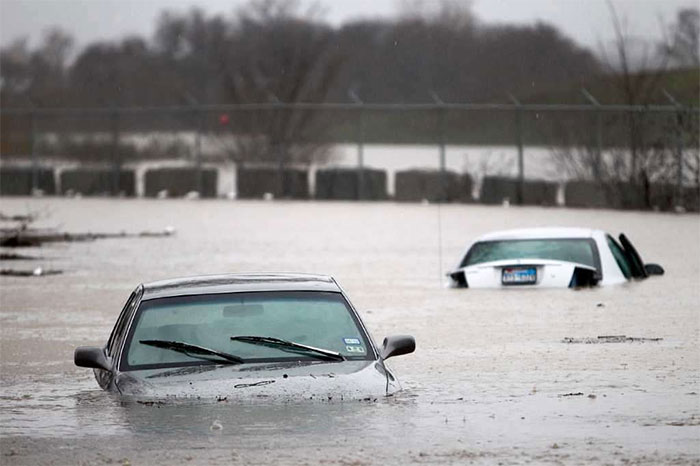Damage caused by floods would really affect the functioning as well as the overall value of your car. But, there are some methods that you can adopt so that you can preserve as well as minimize the amount of damage caused to your car.
Everyone makes efforts to protect their car from harmful sun rays or regular elements like dirt and dust, but there are circumstances like floods, which can cause a lot of damage to your automotive. When water has no space to go, then flash floods would occur and then a lot of water would get accumulated in the low-lying areas. If you have parked your car in such an area which can get easily flooded, then it would cause a lot of car interior as well as exterior damage.
In the beginning, you might not think that water is such a big deal, but we would like to share some common issues which flooding can cause:
- Corrosions of electrical connections and wirings
- Rusting of metal surfaces permanently
- Making the nuts and bolts of the car to seize
- Car mats and carpets can develop odors.
If you have got your car insured when it is in a flood, then all the loss would be covered up by the company and you will be paid the total car value amount so that you purchase a new vehicle.
But on the other hand, if your car is not insured or if your insurance coverage does not include flood damage in it, then you will be ultimately left with a vehicle that has a lot of water accumulated in it. Parts Avatar- car body parts would help you to clean out your car and minimize its effects on your vehicle.
Table of Contents
1. Remove all the standing water from your vehicle’s floor
The first and the foremost thing which you should do is to clean the rainwater that has been flooded in your car. If the water collected in your car is from the rising flood, then it would be very dirty and would stain everything it touches. You will have to clean everything out before you check the working of your car.
The thing which you should keep in your mind is that your car battery should be disconnected before you start working on your car. Once you have removed the excess water from your car, then you should dry out your car floor mats and place them outside in the sunshine. Then use a socket set to remove your car seats, and use a vacuum to suck up any water on the floor that is left uncovered after removing the carpet.
2. Dry out your Car Interior
Now once your entire car interior has been stripped off, then you will be able to dry it out more rapidly by air drying or you can also use high-volume fans. Gather some fans and position them in such a way that they blow air over your car’s interior parts once the carpet and seats have been removed.
3. Deodorize your car
Once the water has entered your vehicle, then a lot of mold and mildew can start developing inside your car as well as on the carpet. You will not be able to drive properly because of the unpleasant smell. Generally, the odor would come from an area that hasn’t been fully dried up. You can sprinkle baking soda on the damp spot.
4. Evaluate the extent of water damage
Now once you have removed all the water from your car and your car is perfectly breathable, then carefully check your car over to find out any damage due to the flooding. Firstly check any controls that were submerged in water and then have a look at your car’s electronic systems.
If you wish to buy car parts online, you can head over to partsavatar.ca and view the wide selection. You will be able to find all kinds of car parts easily by using our search box.














